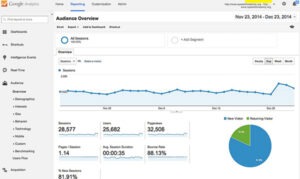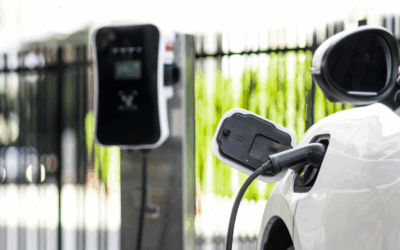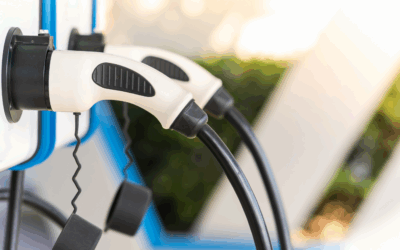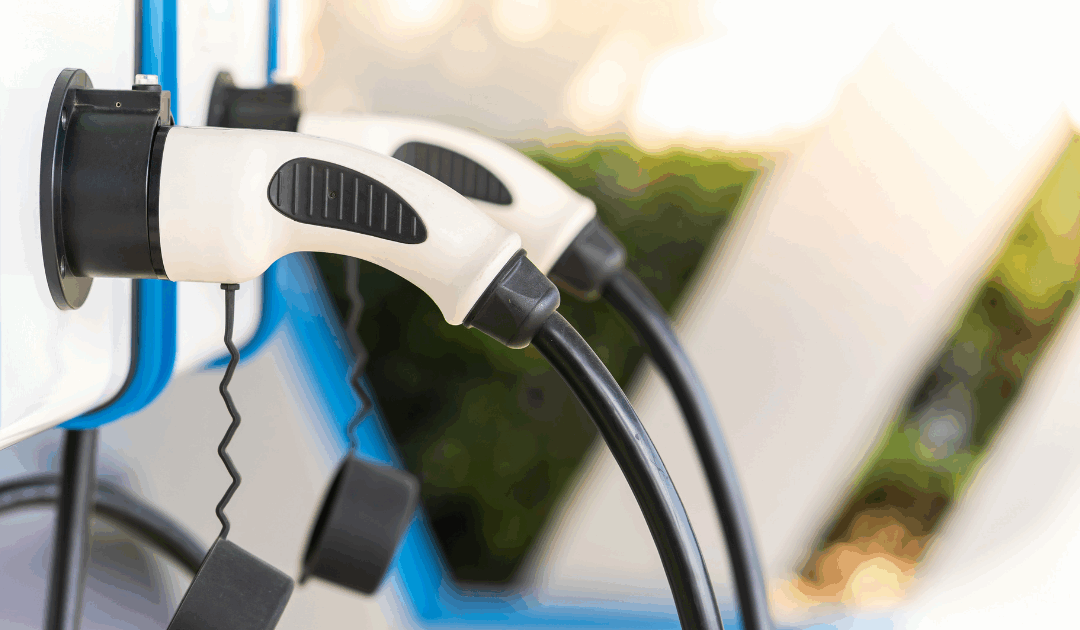With the existence of sites such as WordPress, Weebly, and SquareSpace, designing and building a blog page is simple. It’s possible to create a blog in minutes with only a few clicks. One, two, three, “Hello, World!” While bringing a blog online is easier than ever, work still remains to create content and build an audience. Dealing with that side of a blog can be intimidating.
Blogging isn’t a one-size-fits-all world. It’s important to discover what makes the blog yours. This goes for all types of blogs, including those for a business, a foundation, or a non-profit. Before clicking publish, here are five things that will help make blogging a rewarding experience.
1. Read Other Blogs

Reading other blogs can tell you how things should be and shouldn’t be done.
To blog successfully, there needs to be an appreciation for other blogs. Understanding where you fit into the bigger picture will reveal pathways to bringing value. What should you emulate, which mistakes should you learn from, and how can you add to the conversation? Read other blogs to get a feel for how blogs can sound, see the topics covered, and note the frequency of posts. Let it sink in that there’s no requirement to reinvent the wheel.
Reading blogs makes it easier to make decisions about your blog. Is this blog a way to compete? Explain a purpose? A catalyst for web traffic? What do you want the reader to leave with? The answer to that final question is the focus of your blog. Without this focus, it will be difficult to generate content, which leads to frustration.
2. Establish Expectations
Along with theme and content ideas, other blogs also help set expectations. Believing a blog will attract thousands of readers overnight is not a fair expectation for the vast majority of blogs. Success could look like increasing web traffic, spreading brand awareness, or creating an active community of readers.
Ways to set expectations for a successful blog:
- Define the purpose of the blog
- Name the desired audience (general public, potential clients, others in your field, etc.)
- Brainstorm content topics
- Calendar the frequency of posts
- Is the blog open or closed for comments? (Can anyone leave a comment?)
Thinking about these things before launching will limit the possibility of blogging turning into a “waste of time.” A blog is a tool to accomplish your larger goals.
3. Identify Content Sources

Make a plan on who can provide content for the blog on a regular basis.
Part of making a blog successful is producing quality content. Blogs need content to survive. You have a general opinion on content topics and maybe a few great ideas ready to go, but who is going to write the blogs and produce this content?
Regardless if the blog is for a community group on a shoe-string budget or part of a larger marketing campaign for a Fortune 500 company, the organization behind the blog needs to designate blog writers. Which type of author best represents your goals — someone in-house or a third-party guest author? A blog highlighting a company’s culture is better served by a blog written by a person at the company. A blog bringing together leading voices in a field thrives on guest authors.
When considering the content sources, don’t make the mistake of giving the responsibility to the person/people you think stereotypically fit the bill (i.e. the youngest person in the office or the tech enthusiast). Make realistic choices to find blog writers who understand the blog’s purpose and are familiar with writing for the web, and also who are passionate about the topic.
4. Create a Blog Page
Once the content-related framework of the blog comes together, it’s time to build the visual framework, a blog page. The blog needs to be user-friendly, organized, and able to display properly on a mobile device. It doesn’t take much to update a theme or install a one page blog on an existing website using WordPress or applicable service.
Advising that the page should be readable probably sounds like web design for dummies, but it’s too important to leave out. During your review of other blogs, you’ll undoubtedly run across blogs where the chosen colors, font style, text size, or image placement are so disruptive that it’s impossible to read. Don’t make that mistake.
Make sure past content can be easily found using a search, while new content receives prominent placing on the page. This keeps blogs manageable to readers so they don’t become overwhelmed by having to continuously scroll.
5. Prepare for Traffic

Google Analytics is just one way to track blog traffic.
While you’re inquiring about making the page mobile-friendly, ask about adding the analytics tracking code, too. Just as every page on your website should include code to track traffic, the blog page needs to be trackable. Leaving it on its own island with no way to review traffic means the blog will be a land of unknowns. You’re putting in the time to set goals and create content; so don’t miss out on learning opportunities.
Analytics can tell you how readers found your blog, which can help identify where to spend time targeting an audience. Analytics track the blog pages viewed most to flush out most popular content. When using analytics to gauge the success of content, you’ll be able to determine what readers enjoy, what demographics are being missed, and if the blog is influencing website traffic.
Have questions about blogging? Contact REACH Strategies to learn how a blog can help you reach your goals.





